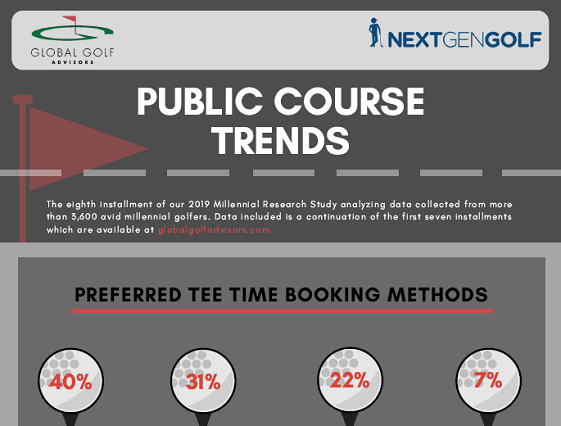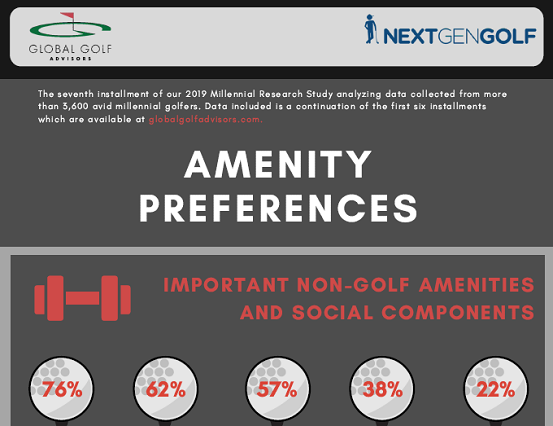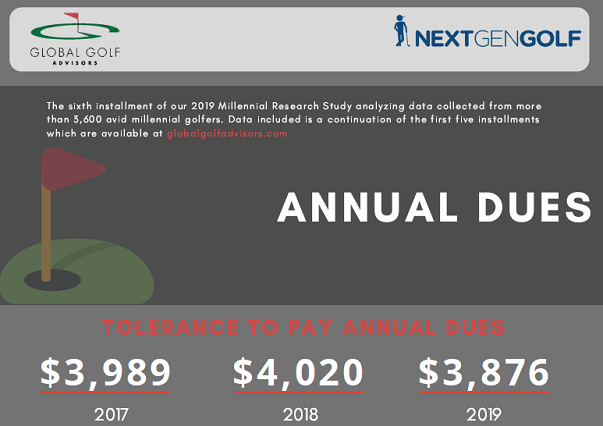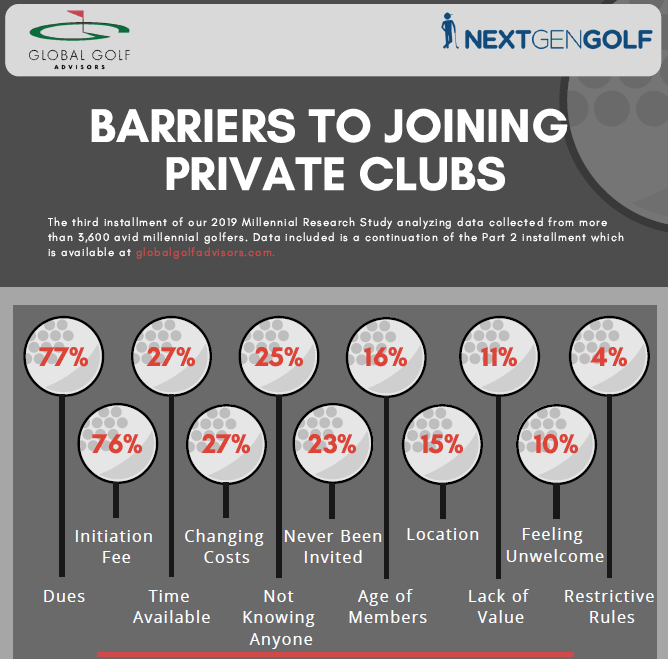A member’s relationship with your club will feel infinitely more connected, more substantial and more emotional if they are part of a community. But how do you create a community at your club? Can you create a community? GGA’s Henry DeLozier has the answers.
It is a genuine sense of community – and the opportunity to be a part of it – that attracts members to a private club.
Members need their club to be a safe place, populated by people with shared lifestyle expectations, and built on experiences that create a feeling of fellowship.
But how does a club create an authentic community?
The foundation of any community is shared values, and for a private club these may be values such as safe haven and healthy lifestyle.
In private clubs today, this culture of common attitudes, interests, and goals cannot be left to chance – it must be facilitated and fostered by the club leadership.
Successful club leaders and managers understand that this requires an intentional plan of action; one which establishes and sustains several key elements within the club’s culture:
Setting the Standard
Clearly stated standards of conduct are essential to establish a shared understanding of the community’s behavioral norms. Members rely upon a common understanding of acceptable – and unacceptable – behavior.
In clubs today, such standards of decorum include dress, usage of technological devices such as mobile phones, and personal conduct. In the main, club members are highly supportive of rules and rule enforcement… for others at least.
How can club leaders effectively implement respected community standards?
- Engage input from many members when formulating and updating the club’s rules. The more members who participate in establishing the community’s standards, the more widely the standards are supported.
- Communicate the commonly accepted standards for all to see, question, refine, and accept.
- Make such standards the backbone of new-member orientation and communicate to existing members that new members are being so informed.
At The Ford Plantation near Savannah, Georgia, the sense of community is a point of pride among club members.
CEO Marc Ray observes, “Everything we do, including our Mission Statement, refers to Ford as a community of “friends and neighbors”. The members, and the staff, genuinely care about each other, and it is a culture that permeates the community.
“We travel together, dine together…and sometimes cry together. There is nothing fake or contrived. It is an ingrained culture that people want to, and get to, belong to. Something bigger than themselves.”
Firm but Fair
Establishing a sense of unity and togetherness is a powerful asset for any club, and this is something that needs to be protected.
From time to time, there will of course be people who do not honor the standards set, and knowing how to address those individuals and the situations that arise is critical to uphold the standards of the community.
How should clubs approach these situations? The best are consistent and firm in the enforcement of community standards with very few exceptions. So too, top clubs enforce their rules evenly regardless of status, tenure or importance.
“If you don’t stand for something, you will fall for anything” is a commonly referenced quote with mixed attribution and, yet, its aptness is clear. Members like to know that their community and its traditions stand for something worthy of their respect and support.
Behind the Curtain
Employees are a vital component of club communities. In many clubs, it is the staff that hold the club together and keep it the safe haven on which members rely.
This is particularly prevalent at Desert Mountain in Carefree, Arizona, as Damon DiOrio, the Club’s CEO, describes, “Establishing a safe, positive, healthy and energized work culture, built on trust and respect for your employees, is the first step in developing a strong and inclusive brand.
“Having a united and caring culture for your team is critical to forging an environment that emanates membership loyalty and a sense of community. As leaders, we can only fulfil the dream of having pride and harmony in our membership by being open, honest, engaging, transparent and authentic.”
The Power of Tradition
A sense of community also relies upon treasured traditions which celebrate friendship, family, and fun. These are key ingredients to a feeling of “belonging”.
Traditional special events and celebrations at many clubs help to crystalize the community’s values.
Take the ‘Big Little Show’ at Westchester Country Club, for instance, where family is the tradition placed front and center every summer with the club’s vibrant talent show.
Events which celebrate patriotism and love of country are other popular examples that serve to bring club members closer together through shared, cherished moments.
Your club could have all of the facilities and amenities in the world, but it is the sense of community – of being a part of something dear to them – that makes members proud and dedicated to their club for generations.
Facilitate and foster the emergence of this community, and it could fast become your club’s strongest asset.












